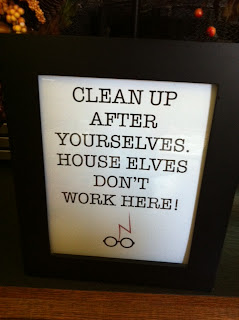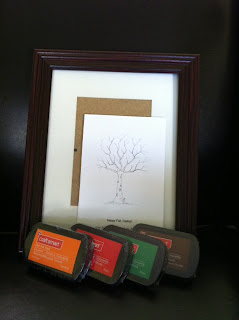I don't want to have a c-section. I don't have a choice, though. This will be my third c-section and I'm already starting to feel the anxiety setting in. (But I'm prone to anxiety in the first place, so that isn't the case for most people.) So I've put together a bit of a personal survival guide to recovery. This is definitely not what most people go through and hopefully these tips and tricks won't apply to you. But here's how I cope:
The Drive Home - Plot your route wisely. Avoid construction. Choose the smoothest route available. Take your pain meds right before leaving the hospital and have a safe, doctor approved pain med on hand for when you get home and are finally settled into bed.
Stairs - They're just evil. After my first c-section, we lived on a second floor apartment in California. There were 48 stairs. FORTY EIGHT. It's been 15 years and I still remember that number. Plan accordingly. Once you're up there, you're going to want to stay there for a day or four.
Bed height - We have a higher than average bed and I'm most definitely a shorter than average person. This time around, I asked my father to build me a wide, low stool to help me get in and out of bed a bit more easily. (Pictures to come once it's painted.)
Room arrangement - Move things around so that you're as close to the bathroom as possible. The fewer steps you take the first few days, the better. (Yes, oodles of people will disagree and insist that moving around is better for you. I respect that. It's just not better for me right away.) Even if it's not the most attractive or practical arrangement for your room, it's only temporary.
Speaking of the bathroom - Once you've arranged your room so you're as close as possible, make sure all of your personal needs are within reach. Wipes, pads, a change of PJs are all good to have on hand. A small basket with your moisturizer, deodorant, tooth brush, and other vital "clean up" stuff should be handy. Maybe most people already keep all of this in one spot. I tend to have them in different drawers and shelves and gathering them up requires a bit more stretching than I'll want to deal with.
Fiber - The long and short of it is fiber is important. Fiber chews are good through the entire pregnancy, but make sure to be diligent about them for the few weeks prior to delivery.
Bedside - Be sure to have a table or surface of some sort next to your bed. You'll want it to be well stocked with the basics: water, phone, pain meds, and snacks. Set the baby monitor up so that the folks downstairs can hear you and the baby easily. It's also a good idea to have a light handy for the middle of the night feedings. If you're rearranging your room for easier bathroom access, this is easy to over look.
Tray - Having a tray with legs can be useful for eating. It won't go over your body, but it can sit next to you.
Accept help - It's not always easy to let people help, particularly with the older kids. But deal with it and let them. Be grateful for it and plan to return the favor should you ever have the chance.
Portable baby bed - We have a handy dandy
Rock 'n Play Sleeper. I would have loved to have a traditional bassinet, but this is a bit more practical. It can be moved to either side of the bed and even taken downstairs easily (by someone other than me). I also like that it keeps the baby in a slightly upright position, as my little ones tend to spit up a good bit.
Clear paths - If you have older kids or an obnoxious Siamese cat, you'll want to clear all hallways and stairs of junk... including the particularly stupid cat. Walking is difficult enough. Walking through a child / pet created obstacle course can be hellish.
Pillows - I prefer to sit up to sleep the first few days (or weeks). A pile of pillows really helps a lot.
Remember you will feel better. This isn't easy to remember in the middle of the pain. But it does end and you will feel human again








































